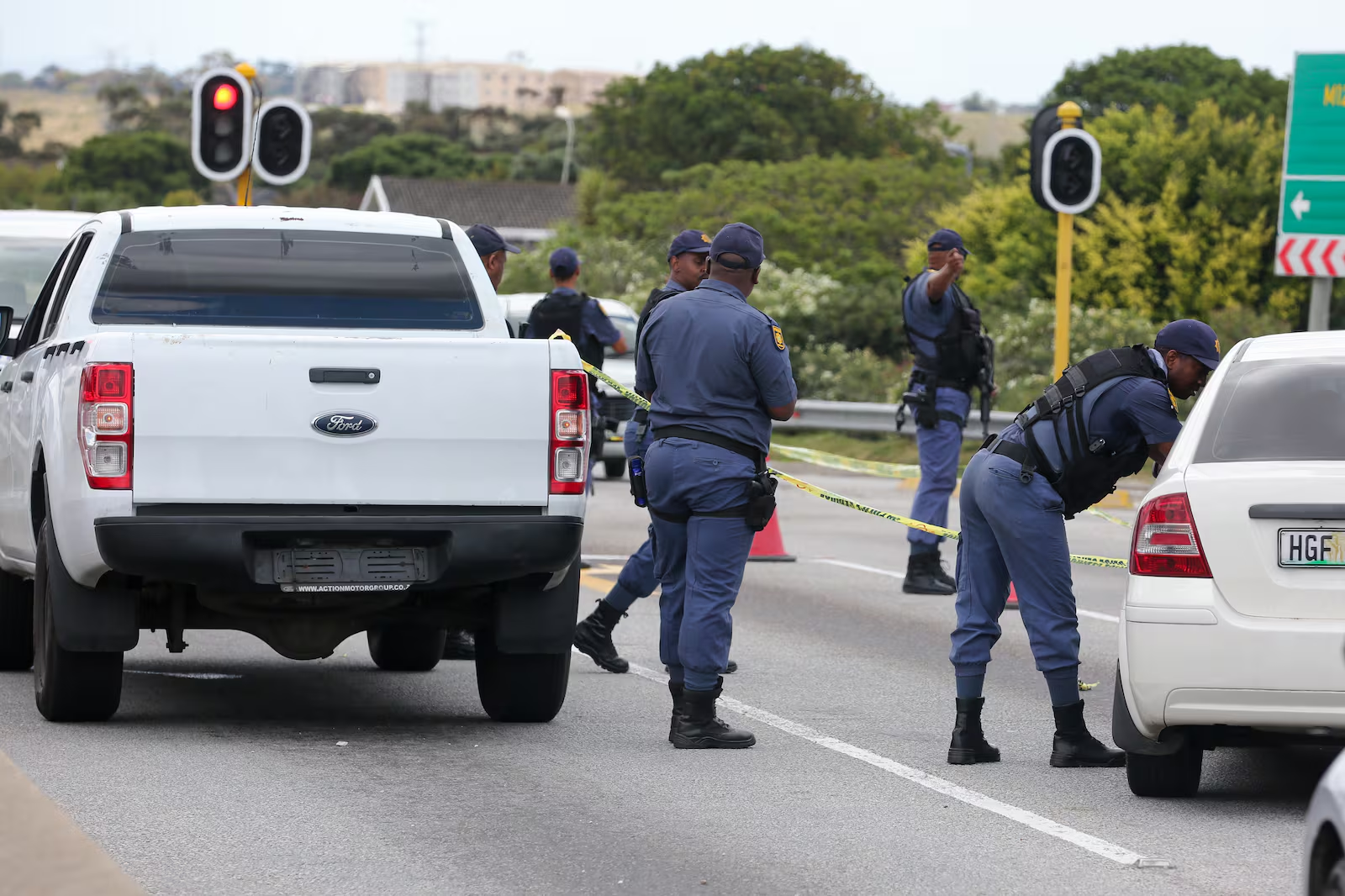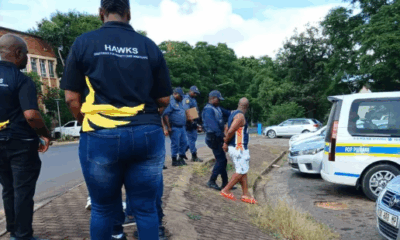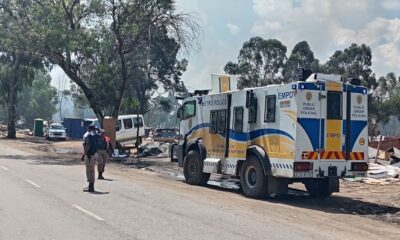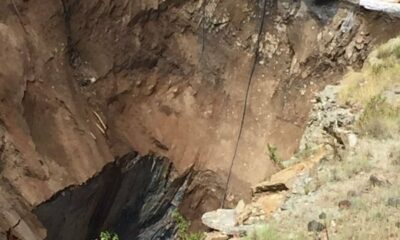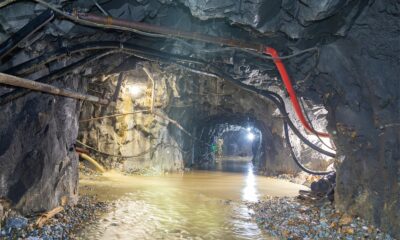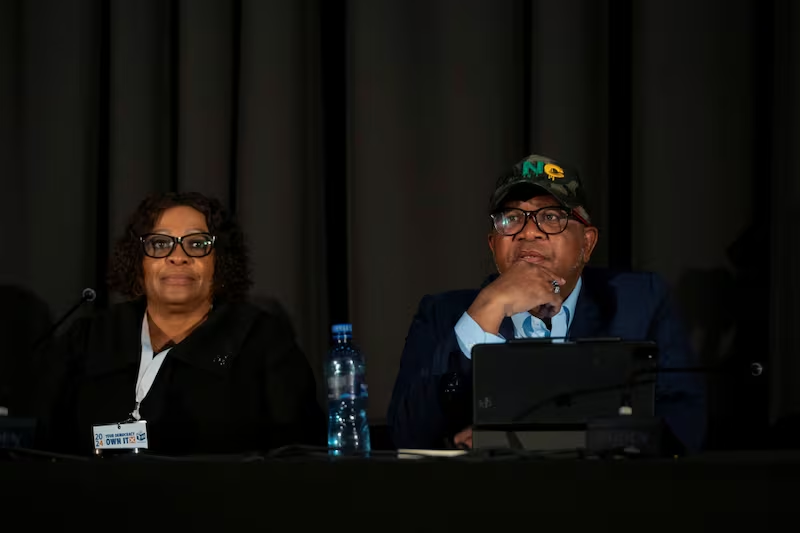News
Illegal Mining and Dolomite Put Joburg on the Brink of Collapse
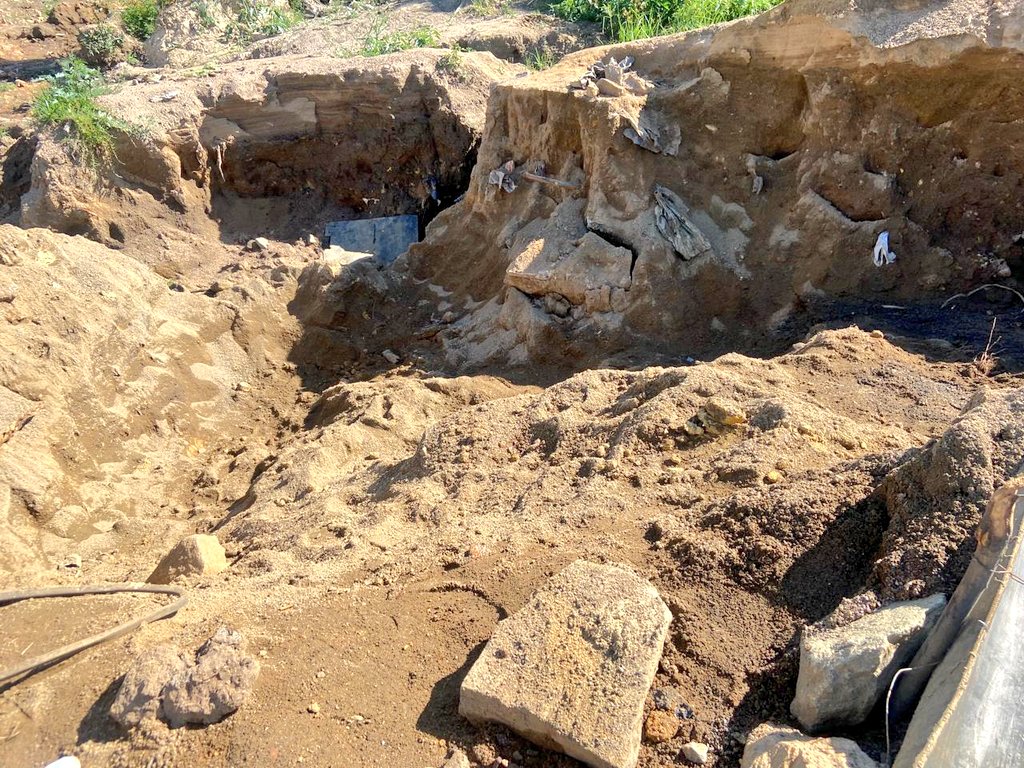
Joburg’s Hidden Crisis: A City Built on Hollow Ground
Johannesburg is sitting on a ticking time bomb and it’s underground.
The city’s gold mining legacy left a maze of tunnels beneath the surface, and now, decades later, it’s all catching up. Illegal mining, unstable dolomitic rock, and rising groundwater levels are threatening the very foundations of homes, schools, roads, and pipelines across Gauteng.
Sinkholes, Cracks and Collapsing Homes
The ground beneath Johannesburg and Ekurhuleni is naturally unstable due to dolomite, a type of rock that dissolves in water, forming cavities that can suddenly collapse.
Add abandoned mine shafts to the mix, and the risk multiplies.
A University of Pretoria study documented over 3,000 sinkholes and subsidence events across Gauteng. These are not isolated incidents—they are happening in backyards, roads, school grounds, and industrial zones. In areas like Brakpan and Boksburg, residents report frequent blasting just beneath the surface.
“Houses are developing cracks that run through the foundations,” said private security operator Marius van der Merwe. “Factories around Plastic City are reporting the same. The zama zama blasting is shallow now because the water table has pushed up. They can’t go deeper.”
Why It’s Getting Worse
The problem has intensified in recent years because many abandoned mines have flooded. Without the pumps that once kept water at bay, the groundwater table has risen dramatically. When water rises to within 6–10 meters of the surface, the risk of collapse skyrockets.
Every new illegal blast weakens the underground structure. Blasting closer to the surface, now necessary due to flooding, is causing even more structural damage.
From Molehills to Mayhem
“You walk through informal settlements on old mining land and you see molehills everywhere,” said Van der Merwe. “Each one is an entry shaft. The zama zamas tunnel down 10 or 20 meters and strip what they can. Multiply that by thousands of shafts across the province and you realise the scale of what we’re dealing with.”
From the East Rand to Soweto and the West Rand, the destruction is visible:
-
Cracked foundations
-
Split roads
-
Ruptured water pipelines
-
Crumbling bridges
City Officials Acknowledge the Risk
In his 2024 State of the City Address, former Johannesburg Mayor Kabelo Gwamanda confirmed what many already knew:
“Illegal mining activities threaten infrastructure and public safety. They lead to soil erosion around pipelines, pollution of rivers, and destabilise entire neighborhoods.”
Gwamanda warned of severe health risks due to water contamination and the growing danger for infrastructure repair teams.
An Underground War with Real-World Consequences
Experts say there are around 16,000km of tunnels running under Gauteng, a tempting resource for illegal miners, but a nightmare for engineers and city planners.
A North-West University study even linked compromised mine backfill and acid mine drainage to structural failures in Joburg’s CBD. Another used satellite radar to detect deformation, predicting sinkholes before they happen. But predictions don’t stop the damage.
What Lies Beneath Could Break Us
Illegal mining and dolomitic collapse are no longer distant threats, they are here, cracking walls, buckling roads, and draining public resources. Johannesburg’s fight isn’t just against zama zamas. It’s against gravity, time, and the ghosts of gold mines past.
If urgent action isn’t taken, the city risks sinking, literally and financially, into the ruins of its own foundation.
{Source: The Citizen}
Follow Joburg ETC on Facebook, Twitter , TikTok and Instagram
For more News in Johannesburg, visit joburgetc.com

